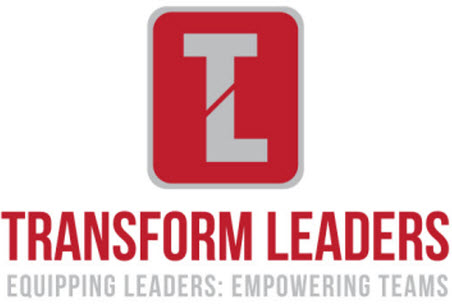The fourth trap is about conflict vs. harmony. Some conflict fosters growth but constant harmony will be detrimental. This trap should not be confused with being a friend over being a leader. While that one is the desire to be popular with people instead of holding them accountable, this trap shows that one may want to foster harmony instead of conflict for fear of personal emotions. If you desire too much harmony, you’ll lose credibility and appear “soft.â€
However there is an even bigger cost within this trap. When there is not enough healthy conflict then you are not going to get the best decisions because all of the ideas and opinions haven’t been canvassed and wrestled with.
One of the indications that this trap has been sprung is if meetings are boring. If people lament the time spent in meetings as opposed to be able to get real work done’. Good meetings have passion and critical discussion about ideology, issues and priorities. When they are well run, they are anything but boring. In fact they are often enthralling, exhausting and exciting. People come out of meetings saying, “I am tired, but that was good.â€
When a leader fears conflict they will placate or squelch conflict by trying to make the peace. This sends a message to those in the team that the leader prefers pleasant, agreeable meetings. After a few pleasant meetings boredom sets in because no one is willing or able to discuss the real issues that need to be put on the table.
The right thing to do is get all ideas out on the table. It doesn’t matter if not everyone accepts all the ideas.
The steps to take to overcome this trap:
- Become comfortable with conflict. Don’t make disagreements in your team mean that somehow you are failing as a leader. If you have been scripted within your family of origin that conflict is bad, seek out some help to change the script.
- Set Ground Rules. Sometimes leaders don’t allow their teams to discuss contentious issues because they think it will cause more damage to the team or individuals. They don’t trust that people will fight fair. The most important thing is to set some rules for how to plan the issue not the person. How to speak to each other within a disagreement. What to do if you reach a stalemate.
- Communicate – conflict is good. Most importantly, communicate to your team that you expect disagreements and conflict. It isn’t a sign to you that things are wrong, but working towards the best solution.
- Understand Conflict Styles. Each of the people in your team has a unique way of dealing with conflict. Help your team to understand the different ways people deal with conflict and how to approach it constructively.
One great tool that I have used for many teams and organisations is the Strength Deployment Inventory. It is about relationship awareness and conflict resolution. It enables the team to see the behavioural motivations they have and what changes when they are in conflict. It is a great tools to have the discussions about team work, conflict and expectations. Email me at Craig@transformconsult.com.au to find out more.
Questions to reflect on:
- Are you trying to make everyone that you work with happy?
- Draw out differing opinions and perspectives from staff 
members
- Pleasant, boring meetings that regurgitate the obvious.
- Do you extinguish dialogue that gets heated?
- Are you uncomfortable at mee9ngs if your direct 
reports argue?
- Do you subscribe to consensus….always?
Do you become the peace maker when others are at odds?
